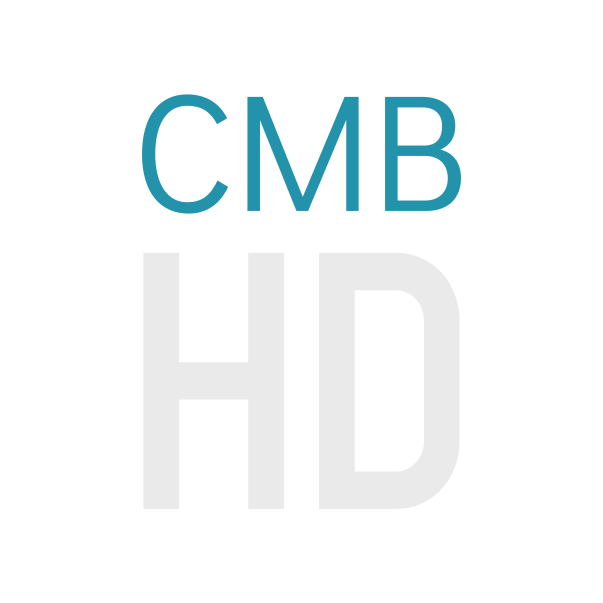Our Survey and the Variable and Transient Universe
Key CMB-HD Science Objectives
1. Survey half the sky with roughly daily cadence, and make daily maps with a noise sensitivity of 1 mJy at 150 GHz, in order to study the time variable and transient millimeter-wave sky.
2. Obtain a catalog of high-redshift dusty star-forming galaxies and active galactic nuclei down to a flux limit of 0.5 mJy at 150 GHz.
Transient Sky:
CMB-HD will survey half the sky with roughly daily cadence. The daily maps will have a noise sensitivity of about 1 mJy. Thus, CMB-HD will have excellent sensitivity to bright time-variable and transient sources in the sky. For example, CMB-HD will detect of order 100 on-axis long gamma-ray bursts (LGRBs). These LGRBs often are bright in the millimeter weeks before they peak in the radio, and the additional frequency coverage can help characterize their shock behavior. Blazars, jet-dominated active galactic nuclei, are bright in the millimeter and vary significantly at about 100 GHz on week timescales. Novae, repeating thermonuclear explosions of accreting white dwarfs, are also millimeter-bright, with expected rates of about ten per year in our Galaxy. CMB-HD will provide a unique insight into the geometry of blazars and novae by providing polarization flux and variability information for these systems. In addition, some neutron star mergers may be seen and localized first in the millimeter band. The CMB-HD survey would thus provide useful follow-up of LIGO/Virgo triggers and could provide blind detections of these events. The intent of the CMB-HD project is to provide to the astronomy community weekly maps of the CMB-HD survey footprint, filtered to keep only small scales, and with a reference map subtracted to make variability apparent.
References (see these works and references therein)
Sehgal, N et al, CMB-HD:
Astro2020 RFI Response, Feb 2020, https://arxiv.org/abs/2002.12714
Sehgal, N et al, CMB-HD:
An Ultra-Deep, High-Resolution Millimeter-Wave Survey Over Half the Sky, September 2019,
https://arxiv.org/pdf/1906.10134.pdf

